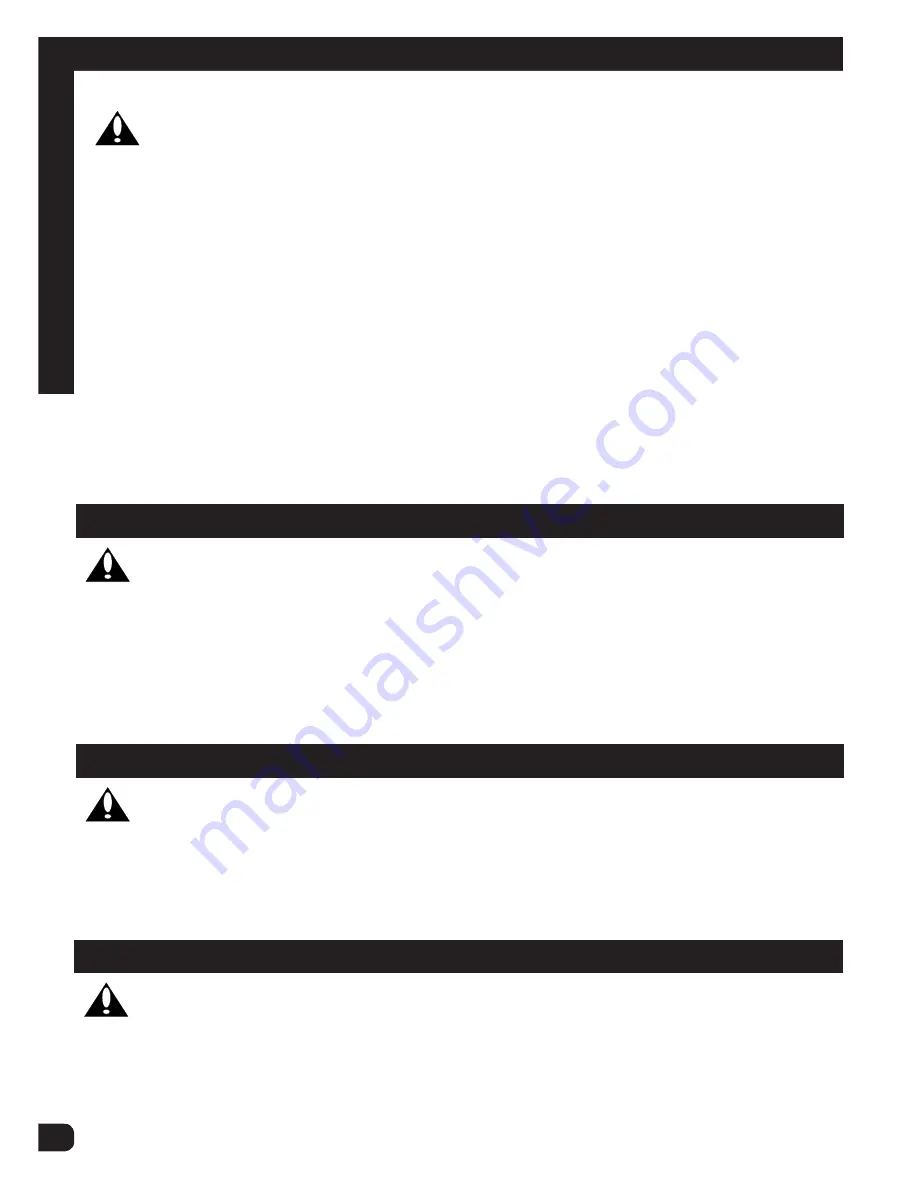
4
Rules of the Road
WARNING:
Failure of the rider to obey the following “Rules of the Road” can
result in injury to the rider or to others.
• Obey all traffi c regulations, signs, and signals.
• Always wear a bicycle helmet that meets CPSC safety standards, as well as lo-
cal safety standards.
Warning and Safety Information
Meanings of Warnings:
a
This symbol is important. See the word “
CAUTION
” or “
WARNING
” which
follows it.
The word “
CAUTION
” is before mechanical instructions. If you do not obey these
instructions, mechanical damage or failure of a part of the bicycle can occur.
The word “
WARNING
” is before personal safety instructions. If you do not obey
these instructions, injury to the rider or to others can occur.
• Adult assembly is required.
• Continuous adult supervision is required.
• Do not add a motor to the product.
• Do not tow or push the product.
• Do not modify the product.
• Replace worn or broken parts immediately.
• If anything does not operate properly, discontinue use.
Refl ectors
WARNING:
For your own safety, do not ride the bicycle if the refl ectors are
incorrectly installed, damaged, or missing. Make sure the front and rear refl ectors are
vertical. Do not allow the visibility of the refl ectors to be blocked by clothing or other
articles. Dirty refl ectors do not work well. Clean the refl ectors, as necessary, with
soap and a damp cloth.
Freewheel Brakes
WARNING:
• Some models do NOT have a foot (pedal) brake.
• Ensure your child understands and can operate the hand brakes.
• Always use both hand brakes when stopping the bike.
• When stopping, apply front and rear brakes evenly.
• An unstable condition can occur if the front brake is used too hard resulting in
injury to the rider or others.
Introduction





































